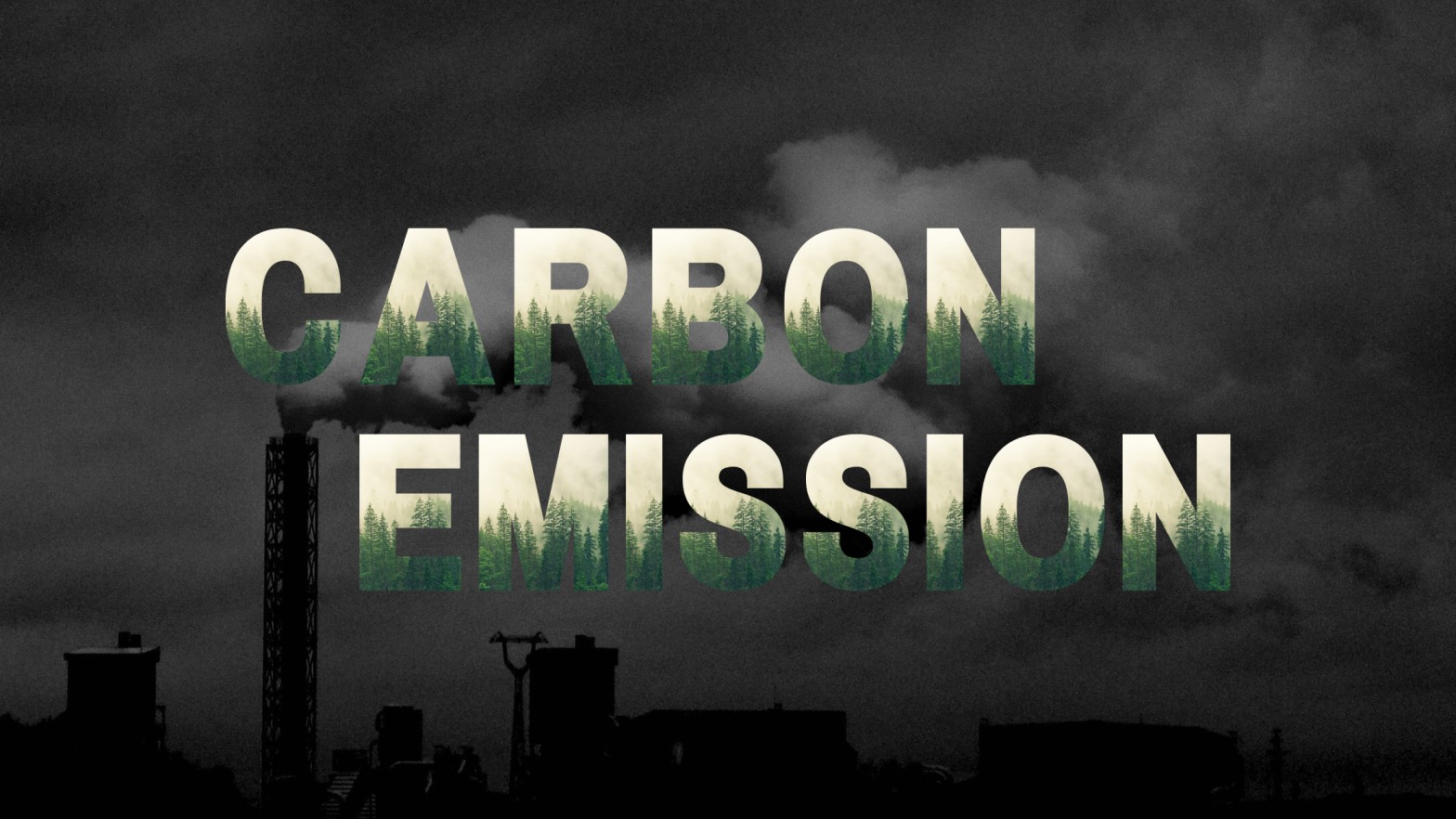
Regulatory Changes and Updates Regarding Open Access to Green Energy in 2023
In the dynamic world of renewable energy, the year 2023 holds promise for solar power enthusiasts and sustainability advocates alike. Greenon Energy, a prominent figure in the solar energy industry, stands as a beacon of innovation and progress. Their steadfast commitment to catalyzing a sustainable energy revolution propels them to navigate the complexities of Green Open Access regulation with unwavering dedication.
Green Open Access represents a transformative concept in the realm of renewable energy. It presents businesses and industries with a golden opportunity to diminish their carbon footprint and embrace clean energy solutions without the necessity of installing solar panels onsite. Instead, they can leverage solar power generated off-site, fostering a greener and more sustainable future while simultaneously reducing operational costs.
In this blog post, we aim to provide you with the latest updates on Green Open Access as of 2023. From regulatory shifts to technological advancements, delve into the profound impact of Green Open Access in 2023 and discover how Greenon Energy is empowering businesses to transition towards a more sustainable, environmentally conscious, and economically beneficial energy future.
An Overview of Green Energy Open Access Regulations
Green Energy Open Access rules play a crucial role in empowering consumers to opt for clean energy sources to meet their power requirements. These regulations facilitate consumer access to green energy, such as solar and wind power, by revising relevant policies to align with the fundamental principles of open access.
Key features of the Green Energy Open Access Rules include:
- Expeditious Approval Process: The governing agency tasked with overseeing open access applications is mandated to approve requests within a swift timeframe of fifteen days. This rapid approval mechanism ensures that consumers can promptly transition to green energy sources without encountering unnecessary delays.
- Eligibility Criteria: To qualify for Green Energy Open Access, consumers must have a contracted demand or sanctioned load of a hundred kW and above. This threshold ensures that entities with substantial power requirements can avail themselves of green energy alternatives.
- Unrestricted Supply for Captive Consumers: Captive consumers, who generate and consume their power, face no supply limitations when utilizing Green Energy Open Access. This promotes self-sufficiency and alleviates pressure on conventional power grids.
- Addressing Demand Fluctuations: To maintain grid stability and mitigate abrupt fluctuations in demand, reasonable conditions, such as restrictions on the number of time blocks for altering power consumption, may be enforced. These measures facilitate a seamless transition to green energy sources while safeguarding uninterrupted power supply.
Key Characteristics of Green Energy Open Access Regulations
- Welcoming Small Consumers: These regulations extend a warm welcome to smaller consumers, ensuring accessibility to green energy options for businesses of all sizes. Whether you’re a large corporation or a small enterprise, you have the opportunity to embrace environmentally friendly energy choices.
- Empowering Your Choices: The rules affirm your right to opt for green power, mandating companies to offer environmentally sustainable energy options. You no longer need to settle for outdated, polluting energy sources.
- Simplified Approval Process: Obtaining permission to utilize green energy is now easier and quicker, thanks to streamlined approval procedures mandated by the rules. You can expect approval within just 15 days, eliminating prolonged waiting periods.
- Your Decision Counts: Companies have the freedom to choose green power voluntarily, recognizing its benefits for the environment and corporate image. Green energy adoption is not imposed but encouraged as a responsible choice.
- Transparent Costs: The regulations ensure transparency in pricing, requiring clear delineation of charges such as transmission and wheeling fees. You’ll have a clear understanding of what you’re paying for.
- Rewards for Environmental Contribution: Opting for green power entitles you to Green Certificates as recognition for your environmental contribution. It’s a token of appreciation for your efforts in promoting sustainability.
- Predictable Billing: The regulations impose limits on additional charges for choosing green energy, shielding you from unexpected costs and ensuring billing transparency.
- Convenient Access via Green Open Access Registry Portal: Registering and applying for Green Energy Open Access is hassle-free through the Green Open Access Registry portal. It serves as a comprehensive resource, offering everything you need to know about accessing green energy solutions in one convenient location.
New Amendment in 2023
On May 23, 2023, the Ministry issued a notification regarding the Electricity (Promoting Renewable Energy Through Green Energy Open Access) (Second Amendment) Rules 2023, marking a significant milestone for green energy enthusiasts and consumers. The provisions of this amendment came into effect on May 23, 2023.
Revised Definition of “Entity”: Previously, an “entity” referred to any consumer with a contracted demand or sanctioned load of 100 kW or more, excluding captive consumers with no load limit. The definition has now been expanded to include those with 100 kW or more, achieved through either single or multiple connections within the same electricity division of a distribution licensee.
Unrestricted Access to Green Energy: The first proviso has been updated to grant all entities, whether through a single connection or multiple connections totaling 100 kW or more within the same electricity division, eligibility to access Green Energy Open Access. Captive consumers now enjoy unrestricted access to this green energy resource.
Extended Surcharge Exemption: Rule 9 now extends surcharge exemption for electricity generated from offshore wind projects until December 2032, providing an extended commissioning deadline compared to the previous deadline of December 2025.
Overview of Open Access Charges:
- Distribution (Wheeling) Charges: Also known as wheeling charges, these represent the costs incurred for transporting solar power within the local distribution network. These charges vary by region and can significantly impact the economics of solar projects.
- Transmission Charges: Transmission charges apply when solar energy must travel long distances through high-voltage lines to reach a distant consumer or location. Costs depend on the amount of power and the distance traveled.
- Cross Subsidy Surcharge: This fee compensates distribution companies for revenue losses due to large consumers migrating to open access. Surcharges can vary between states and distribution companies.
- Additional Surcharge: A regulatory fee covering extra costs incurred by distribution companies due to open access arrangements. Charges depend on the solar project’s size and capacity.
- Banking Charges: Also known as energy banking charges, these pertain to storing excess solar energy generated during sunny periods for later use. Understanding banking charges helps optimize the financial benefits of solar projects, especially when considering energy storage solutions.
Waivers on Open Access Charges for Solar
| Parameters | Distribution (wheeling) charges | Transmission charges | Cross subsidy surcharge | Additional surcharge | Banking Charges* |
| Haryana | 0% | 0% | Solar (Captive) – 100% Solar (Third party) – 0% | Solar (Captive) – 100% Solar (Third party) – 0% | 1.5 INR/kWh |
| Rajasthan | Solar (Captive/Third party) – 50% Solar+storage (Captive/Third party) – 75% | Solar (Captive/Third party) – 50% Solar+storage (Captive/Third party) – 75% | 100% (Not levied) | Solar (Captive) – 100% Solar (Third party) – 0% | 10% of energy delivered at the point of drawl |
| Uttar Pradesh | Solar (Captive/Third party) – 100% (interstate), 50% (Intra-state) | Solar (Captive/Third party) – 100% (interstate), 50% (Intra-state) | Solar (Captive) – 100% Solar (Third party) – 100% | 100% (Not levied) | Solar – 12% of energy banked |
| Gujarat | Solar (Captive/Third party) – 0% Hybrid (Captive) – 50% Hybrid (Third Party) – 0% | 0% | Solar/Hybrid (Captive) – 100% Solar (Third party) – 0% | Solar/ Hybrid (Captive) – 100% Solar (Third party) – 0% | Solar – 1.5 INR/kWh |
| Maharashtra | 0% | -100% (STU charges for RE are twice of that for conventional fuel) | Solar (Captive) – 100% Solar (Third Party) – 0% | 0% (Additional surcharge also applicable for captive) | 2% of energy banked |
| Madhya Pradesh | 0% (GoMP to provide a grant of 4% in terms of energy injected to wind/solar projects) | 0% | Solar (Captive) – 100% Solar (Third Party) – 0% | 0% (Additional surcharge also applicable for captive) | Not allowed (or at the discretion of discoms) |
| Karnataka | 50% | 50% | Solar (Captive) – 100% Solar (Third Party) – 0% | Solar (Captive) – 100% Solar (Third Party) – 87% | Banking not allowed |
| Andhra Pradesh | 0% | 0% | Solar (Captive) – 100% Solar (Third Party) – 0% | 100% (Not levied) | Banking not allowed |
| Tamil Nadu | 50% | 50% | Solar (Captive) – 100% Solar (Third Party) – 70% | 100% (Not levied) | Solar – Not allowed |
| West Bengal | 0% | 0% | 0% | 0% | Not allowed |
| Odisha | 80% | 80% | 100% | 100% (Not levied) | Not allowed |
| Jharkhand | Solar (Captive/Third party) – 50% | 0% | Solar (Captive) – 100% Solar (Third party) – 0% | 100% (Not levied) | 2% of energy delivered at the point of drawl |
| Chhattisgarh | 100% | 100% | Solar (Captive) – 100% Solar (Third party) – 50% | 100% (Not levied) | 2% of energy banked |
Types of Open Access Consumers
Open access activities can be categorized based on three primary parameters:
1. Duration of Access:
– Long-Term Open Access (LTOA): Consumers with long-term energy requirements opt for LTOA, providing them with a stable and reliable energy source over an extended period.
– Medium-Term Open Access (MTOA): MTOA consumers have more flexibility in their energy procurement, catering to mid-term needs.
– Short-Term Open Access (STOA): STOA consumers require energy for shorter durations, often to meet peak demand or seasonal variations.
2. Captive or Non-Captive:
– Captive Consumers: These consumers generate their own power for self-consumption, often utilizing solar panels or other renewable sources.
– Non-Captive Consumers: Non-captive consumers rely on external sources for their energy requirements, making them primary users of open access systems.
3. Renewable or Conventional Power:
– Renewable Power: Increasing numbers of consumers are opting for renewable energy sources like solar power, contributing to a cleaner and greener environment.
– Conventional Power: Some consumers still rely on conventional sources like fossil fuels or grid electricity for their energy needs.
Open Access Application Process
Nodal Agency: In most states, Long-Term and Medium-Term Open Access are handled by State Transmission Utilities (STUs), while Short-Term Open Access is managed by State Load Dispatch Centers (SLDCs). Maharashtra and Chhattisgarh have their State Discoms as nodal agencies, operating as part of the STU even when SLDCs oversee the process.
Required Documents: Acquiring a No Objection Certificate (NOC) from state utilities is the main challenge in securing open access approvals. In some states like Chhattisgarh, Gujarat, Tamil Nadu, and Jharkhand, an NOC is required along with the open-access application, potentially causing delays and complications.
Application Processing Time: Processing time varies significantly across states. In Andhra Pradesh, LTOA applications are typically approved within 30 days.
Application Cost: Application fees vary based on state, application period, load, connection point, and power source. While costs differ widely, the per-unit cost is generally minimal.
Closing Thoughts
As we approach 2024, the landscape of renewable energy and green open access regulation looks promising. Greenon Energy remains committed to pioneering innovation in the solar energy sector, facilitating businesses and industries on their sustainability journey. With appropriate regulations, incentives, and collective efforts, we can all contribute to a future powered by clean, renewable energy and a healthier planet.
For further details about solar power under our open-access program, please contact us. Our Open Access initiative operates across several states and is steadily expanding its presence.




